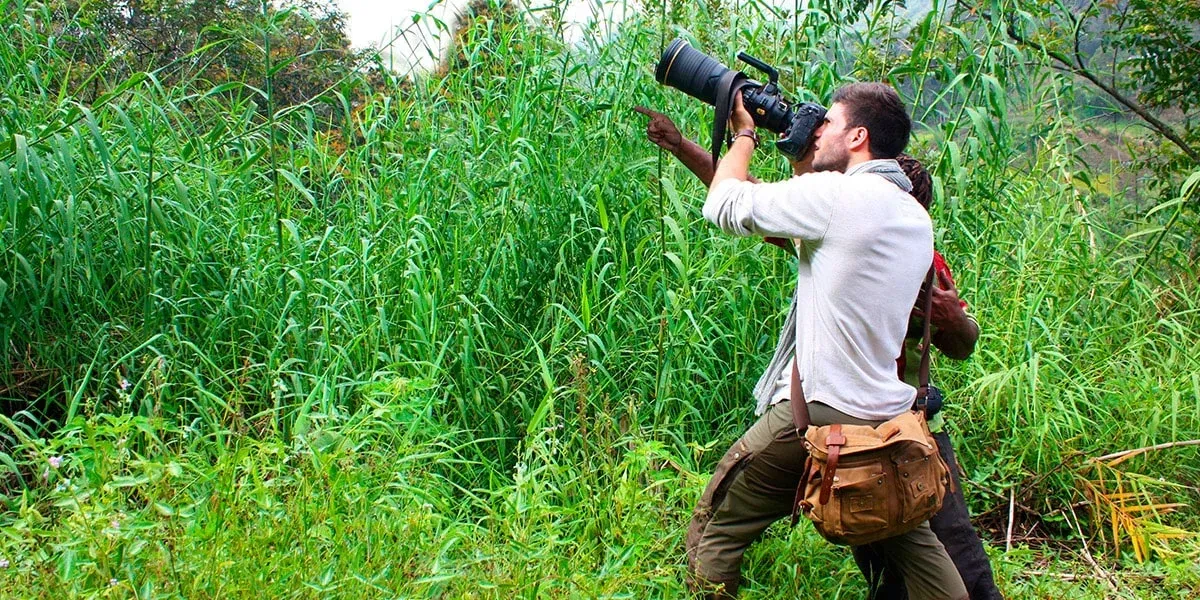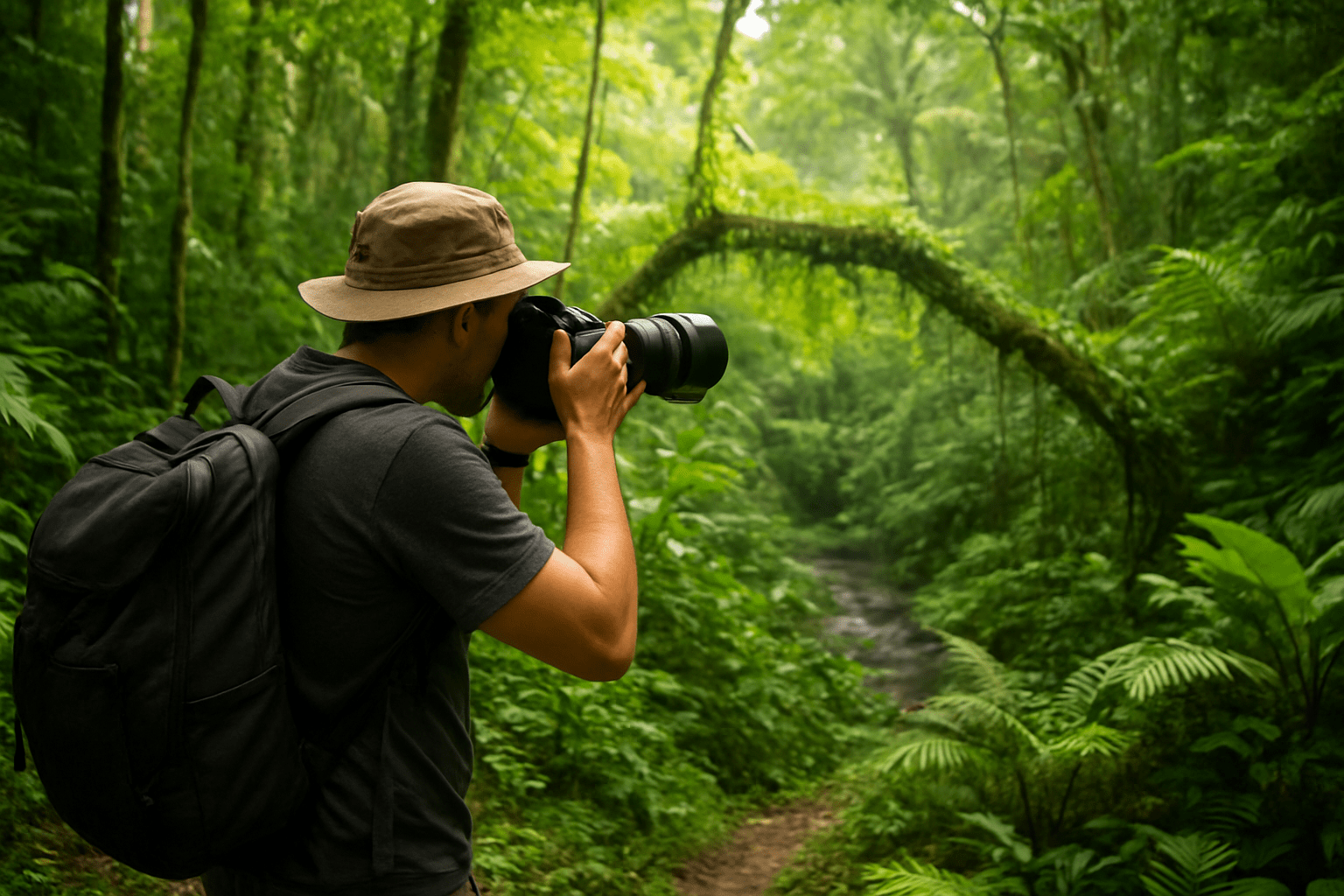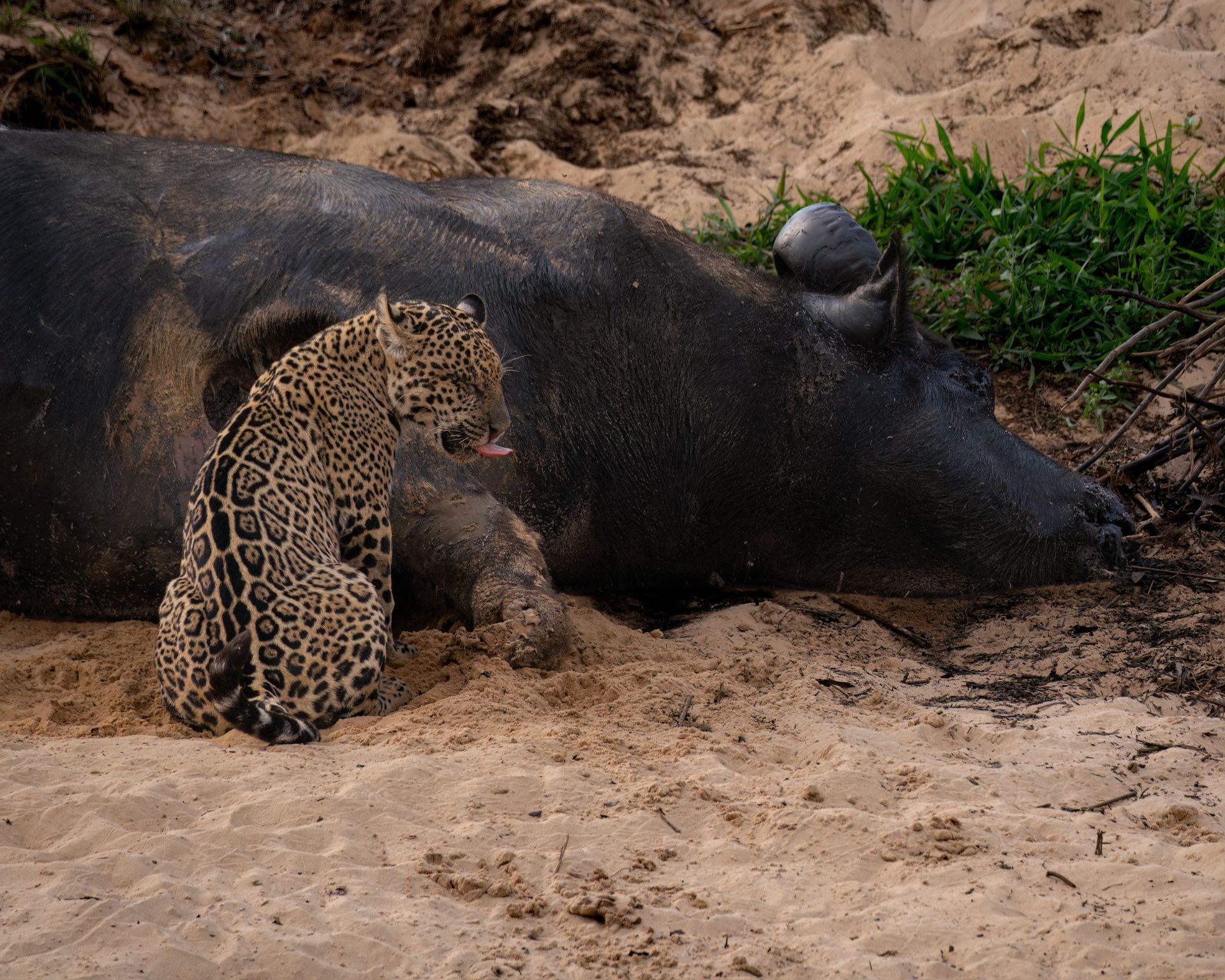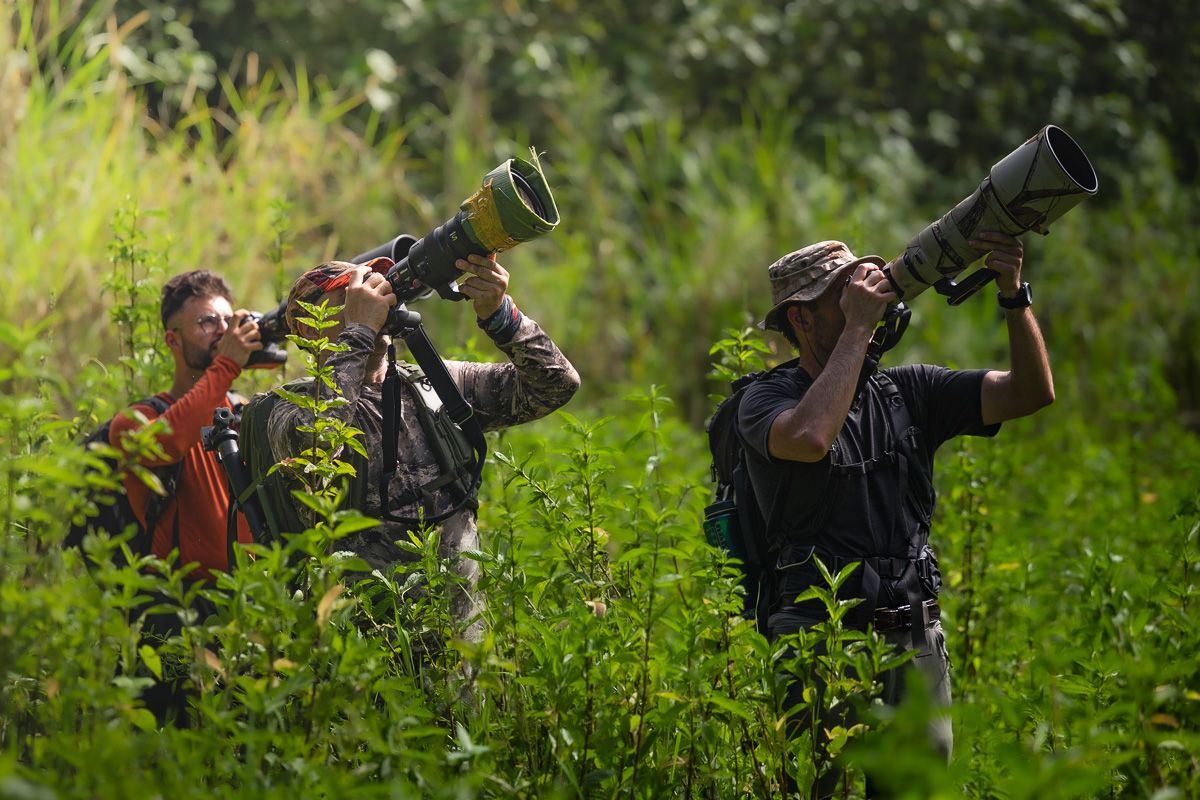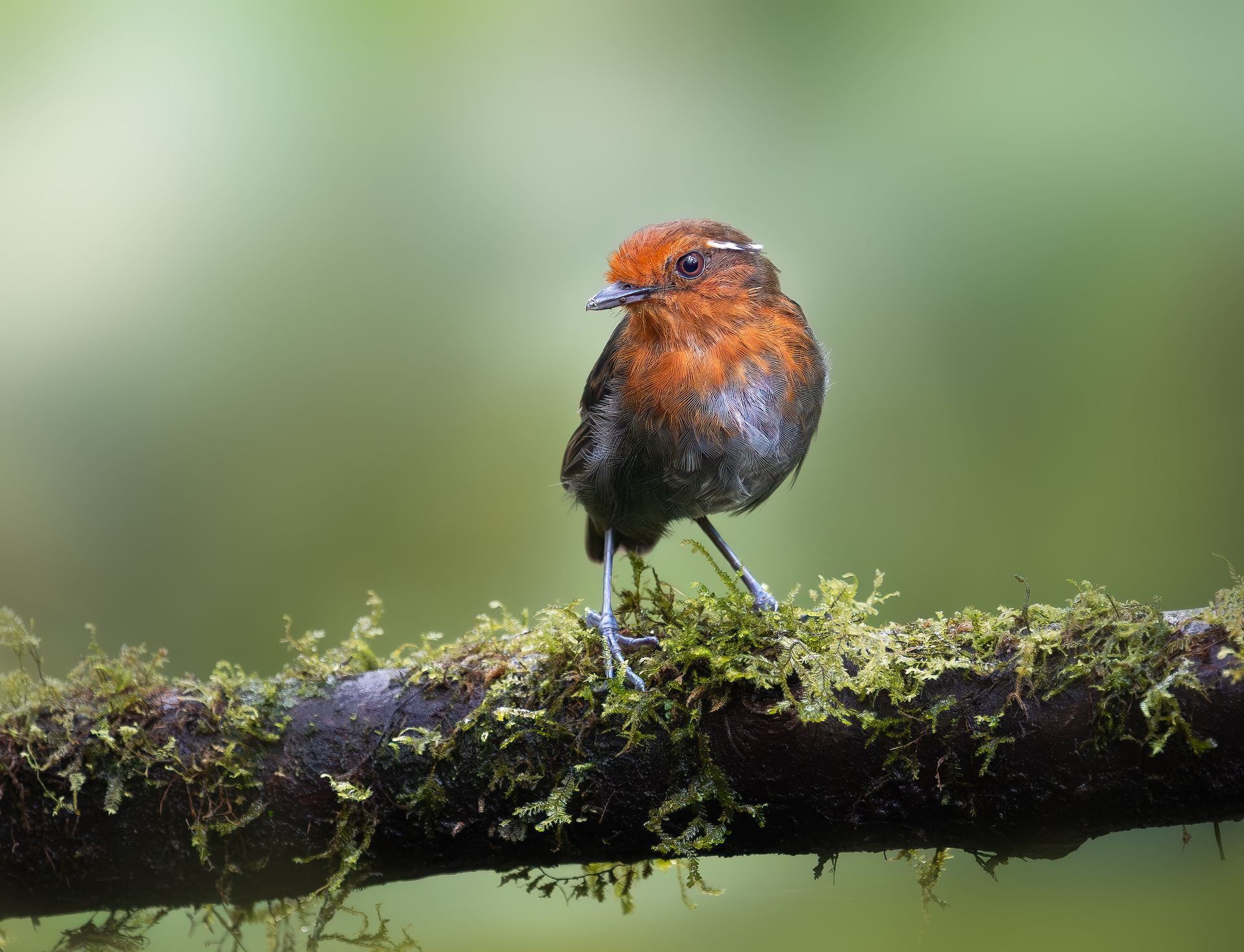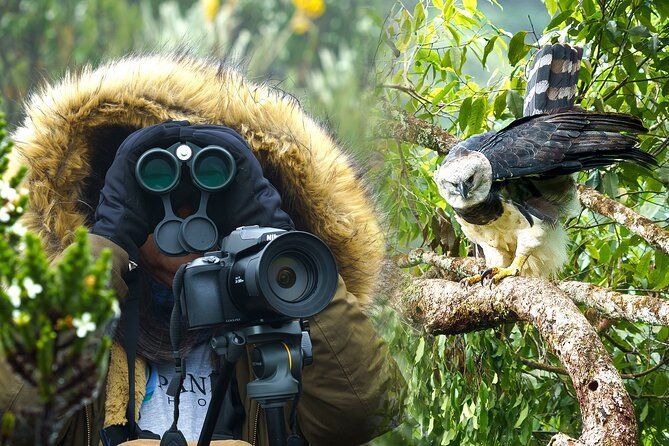Essential Gear for Bird Photography in Colombia
Essential Gear for Bird Photography in Colombia
Colombia is one of the most biodiverse countries in the world, home to over 1,900 bird species, including hummingbirds, toucans, tanagers, and the magnificent Andean cock-of-the-rock. For photographers, it’s a paradise—but also a challenge. From the humid lowland rainforests of the Amazon to the high-altitude páramo of Los Nevados, every ecosystem demands careful preparation.
While bird photography is ultimately about patience, fieldcraft, and a deep respect for wildlife, the gear you bring can make or break your experience. Having the right camera, lenses, tripods, and accessories ensures you’re ready for fast-moving hummingbirds, low-light jungle conditions, or distant raptors soaring in the Andes.
In this guide, we’ll explore the essential gear for bird photography in Colombia, breaking it down into categories: cameras, lenses, support systems, clothing, and accessories. By the end, you’ll know exactly how to pack smart for your Colombian bird photography adventure.
1. Choosing the Right Camera for Bird Photography
Mirrorless vs DSLR
Modern mirrorless cameras are becoming the top choice for bird photographers. Their fast burst rates, lightweight bodies, and advanced autofocus systems give them an edge over traditional DSLRs. In Colombia’s forests, where light is often dim, mirrorless cameras also excel with improved low-light performance.
That said, DSLRs are still highly capable and more budget-friendly, especially if you already own compatible lenses.
Key Features to Look For
- Fast Autofocus Tracking: Birds rarely stay still. You’ll need subject detection and eye-tracking, especially for hummingbirds.
- High Burst Rate (10–30 fps): Essential for freezing wingbeats or catching flight sequences.
- Weather Sealing: Colombian habitats range from rainforest humidity to mountain drizzle. A weather-sealed camera protects your investment.
- Good Low-Light Performance: Jungle photography often happens under dense canopy cover. A camera that performs well at ISO 3200+ is a must.
Recommended Camera Bodies
- Sony A1 / A9 II – Cutting-edge autofocus, excellent for birds in flight.
- Canon R5 / R7 – High resolution, strong wildlife tracking, and lighter APS-C option with crop factor benefits.
- Nikon Z9 / Z8 – Rugged, fast, and reliable for pros.
- Budget Option: Canon 90D or Nikon D500 (DSLRs that still hold up well).
2. The Best Lenses for Colombian Bird Photography
Telephoto Primes vs Zooms
- Prime Lenses (400mm, 500mm, 600mm, 800mm): Exceptional sharpness, fast apertures (f/2.8–f/4), but heavy and expensive. Best for serious professionals.
- Zoom Lenses (100–400mm, 150–600mm, 200–600mm): More flexible for varied distances. Perfect for travel in Colombia, where bird size and distance change constantly.
Why You’ll Need Reach
Many Colombian birds—like quetzals or toucans—perch high in the canopy. A minimum of 400mm is recommended, but 500–600mm is ideal. For hummingbirds at feeders or forest edges, shorter lenses (70–200mm or even macro) can work.
Top Lens Picks
- Sony 200–600mm f/5.6–6.3 – Excellent for flexibility and portability.
- Canon RF 100–500mm f/4.5–7.1 – Superb quality for Canon users.
- Nikon 500mm f/5.6 PF – Lightweight prime with pro sharpness.
- Sigma & Tamron 150–600mm – Budget-friendly yet reliable zooms.
3. Tripods, Monopods, and Gimbal Heads
Carrying heavy lenses in Colombia’s rugged landscapes is exhausting. A stable support system helps reduce fatigue and improves sharpness.
Tripods
A carbon fiber tripod is lightweight yet strong, perfect for trekking through the Andes or Amazon. Look for adjustable legs that can handle uneven jungle floors.
Gimbal Heads
These are critical if you’re using big primes (500mm+). They allow smooth movement for tracking flying birds without strain.
Monopods
Lighter than tripods, great for dense forests or when hiking steep trails. They provide support without slowing you down.
4. Essential Accessories
Teleconverters
- 1.4x or 2x teleconverters extend reach without buying another lens. In open habitats like Llanos or páramo, this can make a big difference.
Bean Bags
Useful for photographing from vehicles in Llanos grasslands or Amazon boat trips.
Camera Rain Covers
The Amazon and cloud forests are notoriously wet. A waterproof rain sleeve protects your camera during sudden downpours.
Extra Batteries and Memory Cards
Birding days in Colombia can last 10–12 hours. Carry at least 3–4 batteries and multiple fast SD/CFexpress cards.
Portable Charger / Power Bank
Remote lodges may not always have reliable electricity. A solar charger or high-capacity power bank keeps your gear alive.
5. Clothing and Field Essentials
Neutral-Colored Clothing
Avoid bright colors that could scare birds. Earth tones and greens blend into the forest.
Waterproof Gear
- Lightweight rain jacket (breathable but packable).
- Waterproof boots (essential for muddy trails in Amazon and cloud forests).
Insect Protection
- Long sleeves & pants
- Insect repellent with DEET – mosquitoes and sandflies are common.
Field Backpack
A comfortable camera backpack with padded compartments, waist straps, and waterproofing is essential. Brands like Lowepro, Shimoda, and Think Tank are popular among bird photographers.
6. Audio & Observation Tools
Binoculars
Even if you’re photographing, binoculars help you spot species before raising your camera. A 10x42 waterproof binocular is ideal.
Field Guide Apps
- Merlin Bird ID (Cornell Lab) – Helps identify Colombian birds by photo or song.
- eBird Mobile – Log your sightings and find hotspots near your location.
Portable Hide or Camouflage Net
Useful in open areas or if you want to minimize disturbance while waiting for elusive species.
7. Specific Gear for Colombia’s Habitats
For Amazon Rainforest
- Fast lens (f/2.8–f/4) for low light.
- Rain protection for gear.
- Macro lens for insects, frogs, and reptiles.
For Andean Cloud Forests
- 300–600mm zooms for toucans, tanagers, and quetzals.
- Lightweight tripod for long hikes.
- Warm clothing—cloud forests get cold and wet.
For Llanos Grasslands
- Long primes for raptors, jabirus, and herons.
- Bean bag for vehicle photography.
- Polarizing filter to cut glare from water.
For High-Altitude Páramo (Los Nevados, Chingaza)
- Telephoto lenses for distant Andean condors.
- Extra batteries (cold temperatures drain power quickly).
- Layered clothing—temperatures can swing drastically.
8. Packing and Travel Tips
- Travel Light: Airlines within Colombia may restrict baggage weight (usually 10–12 kg for carry-on). Pack essentials in your camera bag.
- Insurance: Insure your gear. Some Colombian destinations are remote, and accidents happen.
- Customs: Carry receipts or proof of ownership to avoid issues at airports.
- Dry Bags & Silica Gel Packs: Protect against humidity, especially in the Amazon.
9. Ethical Bird Photography in Colombia
The best gear means nothing if it’s used irresponsibly. Always prioritize the well-being of birds:
- Avoid disturbing nests or stressing birds.
- Limit playback calls—these can disrupt natural behavior.
- Use long lenses instead of approaching too closely.
- Support eco-lodges and local guides who protect habitats.
Conclusion: Packing for Success in Colombia
Colombia is not just another birding destination—it’s the bird capital of the world. With the right gear, you’ll be prepared to capture everything from jewel-toned hummingbirds in the Andes to giant harpy eagles in the Amazon.
Whether you’re an experienced professional with prime lenses or a passionate traveler with a zoom lens, the key is to pack smart, stay light, and prepare for varied environments. The right combination of camera, lenses, support gear, and field essentials will help you not only take stunning photographs but also fully enjoy the adventure of birding in Colombia.
In the end, bird photography here is not just about the photos—it’s about the experience: the misty mornings in the cloud forests, the calls of toucans echoing through the canopy, and the thrill of capturing a once-in-a-lifetime shot. With the right gear in hand, Colombia truly becomes a bird photographer’s dream.




